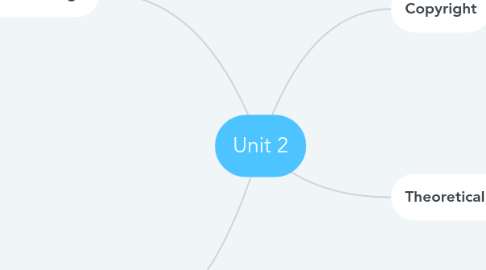
1. Universal Design
1.1. What is UDL
1.1.1. Universal Design for Learning. It is learning for everyone that includes everyone. All students are in the same classroom learning the same material from the same teacher.
1.2. Principles of UDL
1.2.1. Representation-multiple formats for all students for understand
1.2.2. Action and Expression-giving students different options to help them learn
1.2.3. Engagement-making students interested in learning
1.3. UDL Implementation
1.3.1. 7 ways to introduce UDL
1.3.1.1. Know students strengths and weaknesses
1.3.1.2. Use technology when needed
1.3.1.3. Express content in different ways
1.3.1.4. Offers choices
1.3.1.5. Take advantage of different software
1.3.1.6. No technology options exist
1.3.1.7. Learn from other
2. Digital Citizenship
2.1. What is it?
2.1.1. Responsible use of technology.
2.2. Why is it important?
2.2.1. Digital Citizenship is important to students in the 21st century because socializing and learning is technology based and so with that students need to know how to use the internet in an effective and well thought-out manner.
2.3. Digital Age
2.3.1. These days students have to deal with a lot more that students in the past. The digital age has many different parts, the internet is big and easy to make mistakes. So digital citizenship teaches students how to use technology effectively.
3. Copyright
3.1. What is it?
3.1.1. Rights to the creator that it their own work.
3.2. What is plagiarism?
3.2.1. Copying someone else’s work exactly without citing or quoting it. Calling it your own
3.3. What is copyright covered by?
3.3.1. Music, Videos, Books, Articles, Dances, Photos, Artwork, etc.
4. Theoretical Foundations
4.1. Three Foundations
4.1.1. Behaviorism
4.1.2. Cognitivism
4.1.3. Constructivism
4.2. Project-based Learning
4.2.1. Form of teaching that is based on students using hands-on methods to learn material.
4.3. Inquiry Learning
4.3.1. Hands on learning mostly, instructor wants students to ask questions then find answers themselves.
